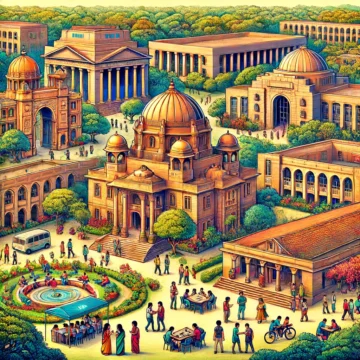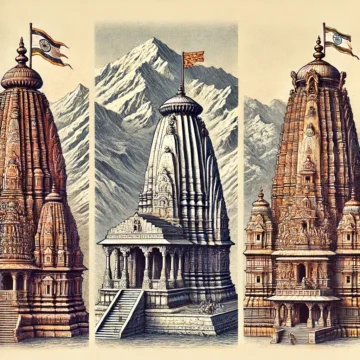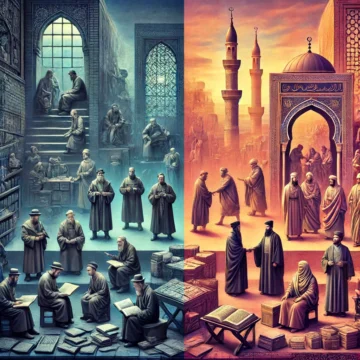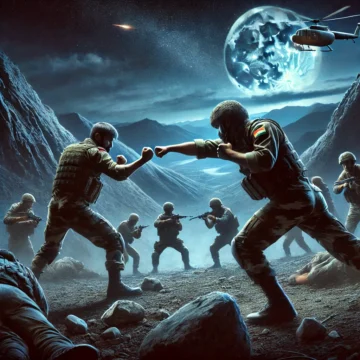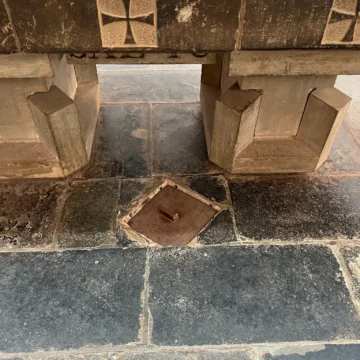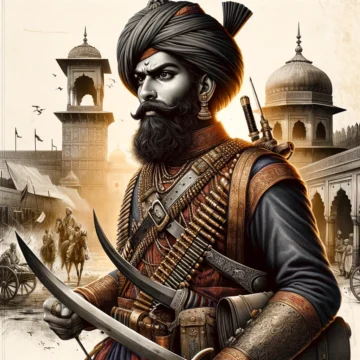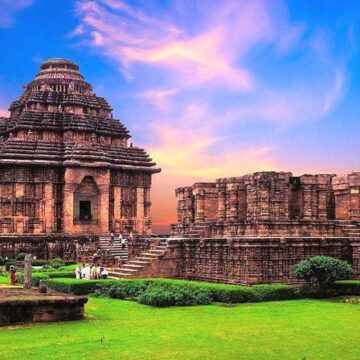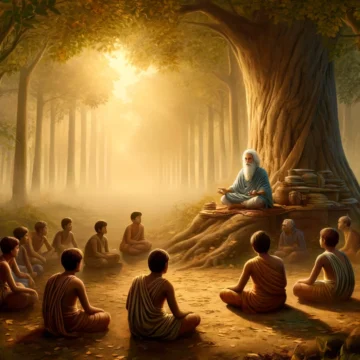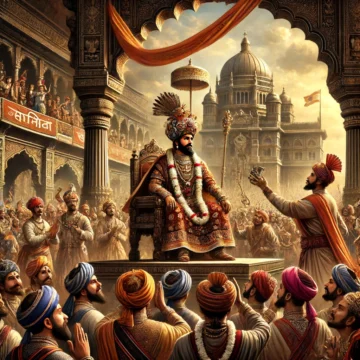Explore the evolution of India's oldest educational institutions from St. Paul’s College in 1542 to modern universities. This blog delves into their profound impact on India's socio-economic landscape, highlighting pivotal roles in shaping policies and driving social reforms through education.
Author: Sarvananda (Sarvananda )
12 Jyotirlingas: The Undiminishable Light
Explore the spiritual and architectural splendor of the 12 Jyotirlingas, each a beacon of divine light and devotion to Lord Shiva. These sacred sites are spread across India’s diverse landscapes, each embodying unique celestial vibrations that epitomize distinct aspects of the divine, attracting millions of pilgrims annually who seek blessings and spiritual fulfillment.
Tolerance Under Fire: Vulnerabilities of Jewish Teachings of Love
Today, we explore the intricate dance between diverse religious teachings and secular values. Delving into Hinduism and the Abrahamic faiths, we uncover how each tradition intertwines with secular principles to promote peace, unity, and mutual respect, illuminating their profound impact on fostering a more inclusive and harmonious societal framework.
India China Border: The Galwan Clash Impact
Explore the intense confrontation at the India China border in Galwan Valley on June 16, 2020, which resulted in significant casualties. This blog delves into the strategic implications of the clash, revealing how it reshaped military and diplomatic relations between India and China and highlighting the ongoing tensions along the disputed frontier.
Rani Lakshmi Bai: The Steel Woman of India
Explore the life of Rani Lakshmi Bai, the Rani of Jhansi, who became a symbol of resistance against British colonial rule. Her leadership during the Indian Rebellion of 1857, marked by valiant battles and strategic brilliance, has immortalized her as an enduring icon of courage and the fight for independence in the face of overwhelming odds.
Goa Vasco: The Journey of Vasco da Gama and Its Impact
Vasco da Gama's arrival in Goa in 1498 marked a new era in global trade but brought upheaval to local populations. Portuguese colonization disrupted trade networks, impoverished merchants, and enforced brutal rule. They banned Hindu festivals, destroyed temples, and imposed Christian laws, causing cultural erosion. European diseases further destabilized society, leaving a legacy of both enrichment and suffering.
Nana Saheb: A Crucial Figure in 1857 Rebellion
Nana Saheb, born Dhondu Pant on May 19, 1824, was a pivotal leader in the Indian Rebellion of 1857. Raised in Bithur near Kanpur, he opposed British policies, particularly the Doctrine of Lapse, which denied him his pension and estate. His leadership included the capture and siege of Kanpur and alliances with Tatya Tope and Rani Lakshmi Bai. Despite Kanpur's fall and his retreat to Nepal, Nana Saheb remains a symbol of resistance against British rule. His legacy is commemorated through cultural references, memorials, and educational curricula in contemporary India.
Vedic Science Behind the Sun Temple of Konark
Explore the Sun Temple of Konark, a marvel of Vedic science and architecture. This ancient Indian masterpiece combines sophisticated astronomical knowledge with intricate carvings, symbolizing the cosmic order and reflecting the advanced understanding of celestial phenomena that characterized 13th-century Vedic scholarship.
Indian Education System and Its Legacy
The Indian education system has evolved from its ancient Vedic roots, where knowledge was imparted orally, emphasizing spiritual and ethical values. During the colonial era, British policies reshaped traditional frameworks, suppressing indigenous knowledge. Post-independence, India struggled with these legacies but aimed to realign its education system. Today, initiatives like the New Education Policy integrate modern innovations with India's diverse cultural heritage, promoting inclusivity and holistic education.
Chhatrapati Shivaji Maharaj Coronated: Rise of Nationalist Icon
Delve into the significant coronation of Chhatrapati Shivaji Maharaj, a landmark event heralding Hindu nationalism against Mughal oppression. This historic ceremony, steeped in rich rituals and symbolism, marks a major turning point in the Maratha Empire's history, illustrating Shivaji's profound impact on Indian heritage and his enduring legacy as a Hindu nationalist icon


